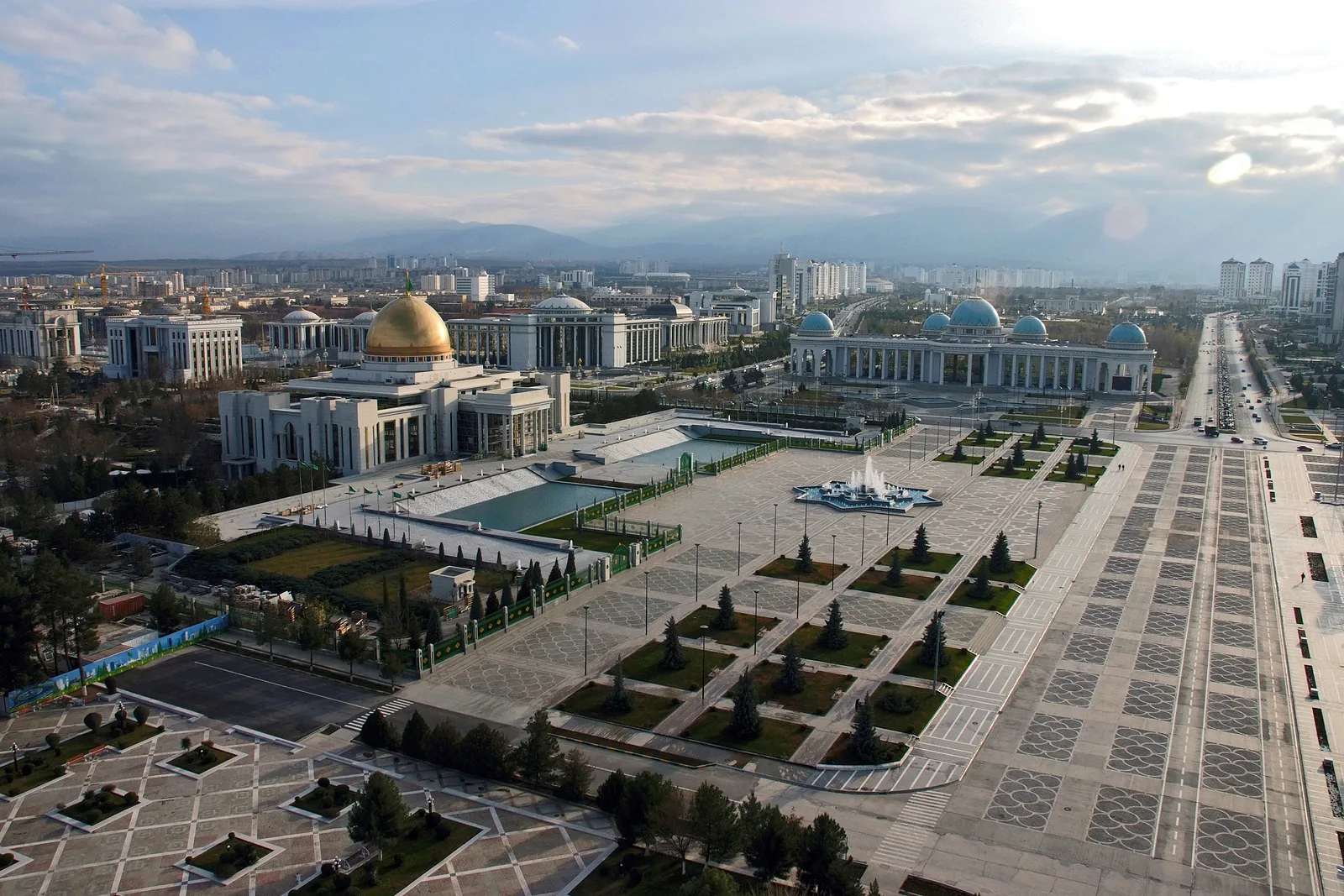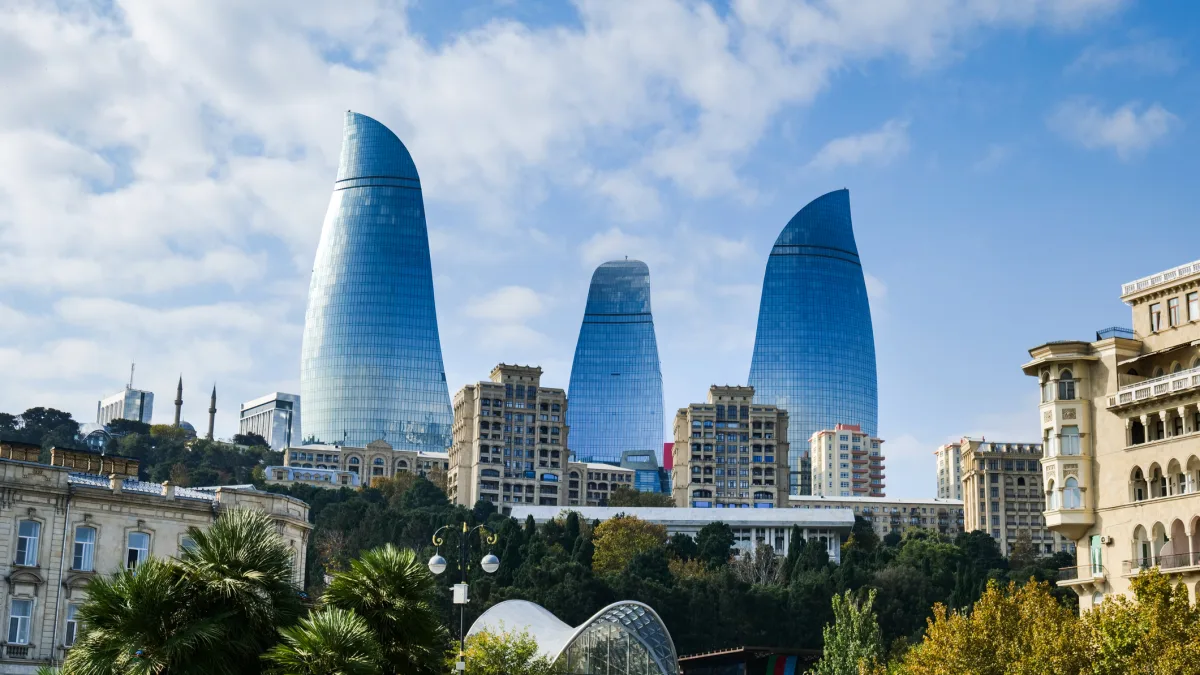In Central and Eastern Europe (CEE), as elsewhere, family business is usually associated with the quaint and the endearing. As elsewhere, this is not remotely the case.
Family business represents close to half of private sector employment across the CEE region, which should hardly be surprising since family business represents about 70 per cent of global GDP and 60 per cent of global employment.
As I demonstrate in a recently published report, family business isn’t a small part of the business world, it is most of the business world.
What’s more, family businesses tend to be some of the most forward-looking and successful businesses—and in CEE they stand out as being above the global average in many respects.
In CEE, 83 per cent of family businesses report growth, compared to 73 per cent globally, and only five per cent report falling sales, compared to eight per cent globally. Furthermore, 80 per cent expect to see future growth over the next few years while only 77 per cent of family businesses do so globally.
This is great news for a regional area that hasn’t fully converged with Western Europe, despite that the growth itself has been close to phenomenal: the Central Europe and the Baltic region had a GDP PPP per capita of about 7,000 US dollars in 2000 and by 2022 that had grown to over 42,000 US dollars.
Loyalty and stability
Family businesses form the backbone of employment in CEE. Their contribution to job creation not only bolsters local economies but also provides a stabilising force in the face of economic fluctuations.
The familial ethos often translates into a commitment to employee well-being, sometimes fostering a sense of loyalty and stability within the workforce.
A notable strength of family businesses in CEE lies in their ability to innovate and adapt to changing market dynamics. Many have successfully integrated modern technologies into their operations, leveraging innovation to enhance efficiency and maintain competitiveness.
This adaptability has allowed them to navigate the complexities of globalisation while preserving the cultural and traditional values that define their identity.
Family businesses in Central and Eastern Europe represent more than just economic entities; they embody a unique blend of tradition, resilience, and adaptability.
Their role as catalysts for economic growth and stability in the region is multifaceted, contributing not only to job creation and innovation but also to the social fabric of local communities.
As CEE continues on its trajectory of development, recognising and supporting family businesses will be integral to fostering a robust, sustainable, and inclusive economic landscape.
Photo by Daiga Ellaby on Unsplash.







